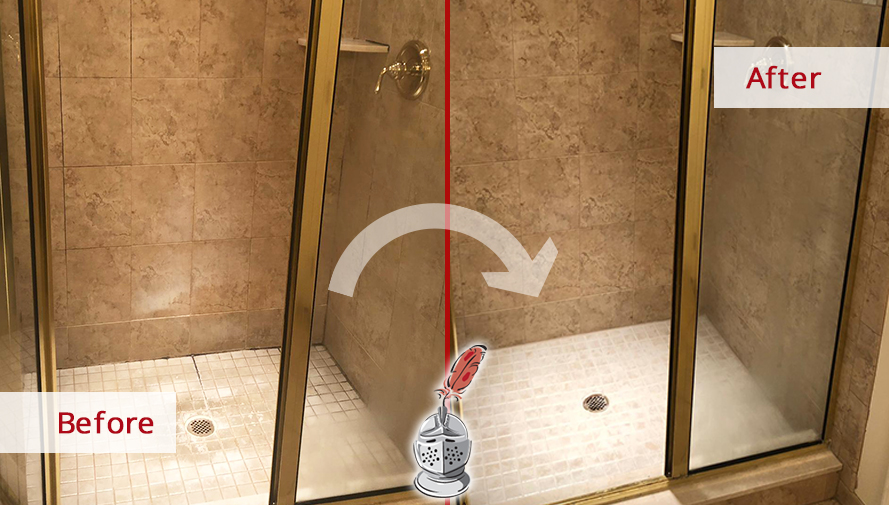What're your beliefs on Looking for Signs of Water Damage in the Bathroom?

The restroom is extremely susceptible for moist build-up and possible water damage as a result of the regular use water in it. This post offers basic inspection methods to aid discovering water damages risks.
The constant use of water in the shower room makes it extremely at risk for moist build-up and prospective water damages. By checking it regularly, you can minimize water relevant damages.
The adhering to collection of inspections is simple to do and also ought to be done as soon as in every three months in order to maintain your washroom in good shape as well as to stop prospective water problems caused by the tub, the shower, pipeline joints and also plumbing, sinks, cabinets, and also the toilet
Do not disregard executing these evaluations as well as be thorough while performing them. Bear in mind that these simple evaluations can conserve you a great deal of cash by offering early signs for water damages
Bathtub and Shower
The shower as well as bath tub call for special attention as well as upkeep. Inspect the floor tiles and change if cracked. Make certain that there is no missing out on grout between the ceramic tiles. Evaluate and replace broken caulking at joints where the wall surfaces meet the floor or the tub. Obstructed drains and pipes troubles will certainly prevent the tub from drying out and also may indicate major troubles under the bathtub. Speak with an expert promptly to stop architectural damage. Take note of discolorations or soft areas around the tub wall surfaces as they might suggest an interior leakage.
Plumbing
Signs for water damages are tough to detect since most pipes are installed inside the walls.
Pay special attention to flooring as well as walls wetness as well as spots as they might show an unseen plumbing problem. Check moisture levels in adjoining rooms as well.
Sinks and Cabinets
Sinks and cabinets are exposed to moisture and humidity daily and are often overlooked. Inspect routinely under the sink and on the countertop over it. Fix any kind of drip in the catch as it might suggest drain problems. Look around the sink, slow draining pipelines might indicate a blocked drain. Change sink seals if they are fractured or loosened.
The Bathroom
The bathroom is a susceptible water junction. Examine the water lines as well as search for leaks around the toilet seat, in the tube, and also under the water storage tank. If you discover any type of signs of dampness on the flooring around the bathroom, check for leaks in the toilet edge as well as storage tank seals.
Be aware that hanging commode dish deodorants increases the chances for obstructions.
TIPS TO PREVENT WATER DAMAGE IN THE BATHROOM
The average household uses approximately 80-100 gallons of water per person per day. For a family of 4, that's almost 2,500 gallons of water a week! The largest portion of this consumption comes from bathroom use. Flushing the toilet uses the most water, followed by taking a shower or bath. With that much water running through the home, water damage in the bathroom is bound to happen. Knowing how to spot signs of a water leak is essential to preventing long-term damage. This guide provides you with tips to reduce the impact of water damage on your bathroom.
CAUSES OF BATHROOM WATER DAMAGE
Pipe breaks are the most common cause of water damage we see in our daily jobs. The age of a pipe plays a large role in a pipe break as well as corrosion. Over time, the metal begins to break down, allowing water to escape. Frozen pipe breaks are also a concern in the winter months. Toilet overflows caused by paper products or children flushing inappropriate items. Degraded caulking around the toilet or bathtub can allow water seepage, sometimes behind the fixture, into the subfloor or walls. Condensation forms when the water in a pipe is cooler than the air temperature. Beads of water form on the exterior of the pipes, sometimes so much so that the water begins to drip and pool below. Sink or shower backups created by poor drainage. HOW TO PREVENT WATER DAMAGE IN YOUR BATHROOM
Inspect your toilet supply line for worn or frayed hoses and replace them as needed. Winterize your plumbing to prevent a frozen pipe break. Use vent fans to prevent condensation that can lead to mold growth. Routinely check and replace degraded caulking around your toilet or bathtub. Increase the temperature in your toilet tank and insulate your pipes during the warm summer months to keep condensation from forming. Use child safety locks on the toilets. Flush only toilet paper. "Flushable" wet wipes are actually not good for your plumbing system. Additionally, feminine hygiene products should not be flushed. Prevent water from escaping the tub or shower. Make sure shower curtains are in good condition. Inspect shower doors and replace the seal strip if necessary. Wipe up any water that accumulates on the floor and use bath mats. Water left to sit can cause damage to the tiles and flooring. Refrain from using bath products containing heavy oils to avoid a clogged drain.

I was made aware of that write-up on How to Repair and Prevent Bathroom Water Damage from a friend on another site. Appreciated our blog entry? Please share it. Help another person find it. Many thanks for going through it.
Further Details